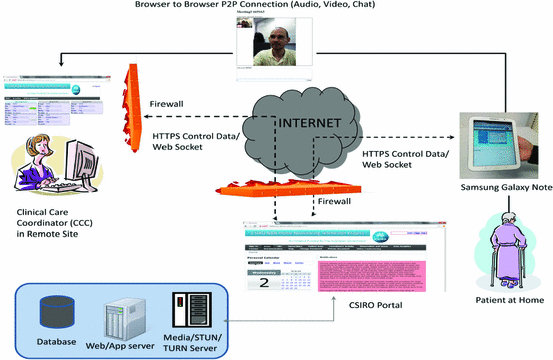

- #Samsung remote server client architecture how to#
- #Samsung remote server client architecture install#
- #Samsung remote server client architecture full#
- #Samsung remote server client architecture software#
But focusing on one use case with a clearly defined scope will result in a more refined virtual desktop project plan, which will speed your path forward. Your scope here won’t limit the project you can always expand your VDI later. In this case, calculating performance and storage requirements is simpler because you’re not shifting every Windows desktop to the cloud you’re just delivering specific apps to specific end users.

#Samsung remote server client architecture full#
The alternative to full desktop replacement is to start with a few specific apps that you want to move to a VDI environment. But there’s an additional cost in connecting your data center and Active Directory to the service provider’s cloud, and you’re trading initial capital expenses for increased operational expenses that will never go away. For example, some service providers offer a virtual desktop hardware client, while others provide cloud-based desktop-as-a-service solutions (Amazon calls this Amazon Workspaces) that can scale up and down quickly and reduce the amount of work required to manage your desktop “golden master” image. Performance and storage are hard to estimate, but there are some shortcuts. The fastest way to focus is to decide whether you’re using VDI for a full desktop replacement or just for specific apps.Ī full desktop replacement generally requires more work, because you’re replacing each of your business PCs with a virtual desktop. Your VDI project may have a huge scope, but as you get started with your virtual desktop project plan, you have to narrow things down. Step 1: Decide the scope of your VDI project

Set up and scale up your hypervisor server farm.Follow these seven basic steps and you’ll be delivering VDI capabilities quickly:
#Samsung remote server client architecture how to#
Whichever path you take, implementing VDI can feel like a big project, and figuring out how to set up VDI can be difficult when you don’t know where to start, but it’s easy with the right plan. Other organizations are doing away with client workstations entirely, building Windows server VDI - to deliver Windows desktop services via VDI - which lets end users have access to “their” Windows desktops on any device they want.

#Samsung remote server client architecture install#
Some organizations are setting up a VDI project plan to deliver apps to end users - apps that require a special thick client (a networked computer system with most resources installed locally, rather than distributed over a network), have special licensing or are too heavyweight to install on every workstation.
#Samsung remote server client architecture software#
Controlling software costs closely by purchasing and distributing licenses only to active end users.Reducing the burden of buying, managing and supporting desktop computers by replacing them with thin clients or mobile devices such as smartphones and tablets.Improving accessibility and security at the same time by completely isolating apps from end-user mobile devices and desktops, while still allowing users to easily connect to those apps.It seems counterintuitive: Why would you dramatically increase your servers and give every user another layer? Well, because deploying VDI comes with huge benefits, such as: All you need to join is that thin client software. The real app client is running in a virtual server in a data center somewhere, not in front of the user. With VDI, thin client software (a device that runs from resources stored on a central server instead of a localized hard drive) that’s running on a laptop, desktop or mobile device becomes a window into an app client, web browser or desktop OS. Virtual desktop infrastructure (VDI) is rooted in an idea from the beginning of computing: green screen terminals talking to apps.


 0 kommentar(er)
0 kommentar(er)
